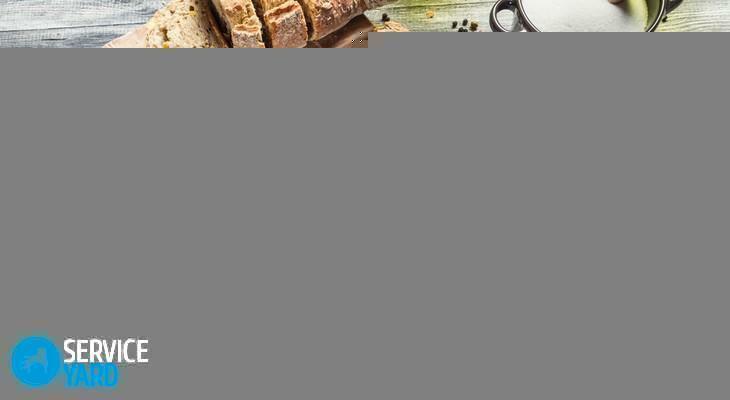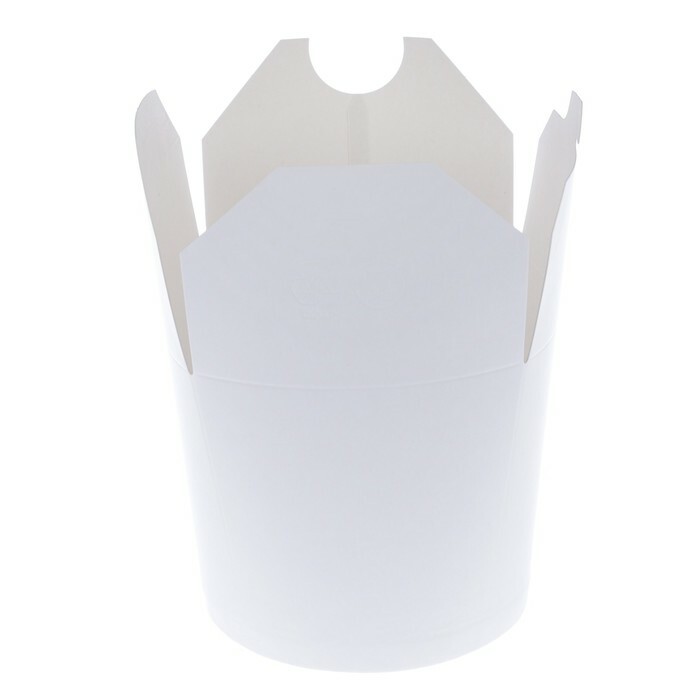
- How is carbon deposit formed?
- Cleaning with household chemicals
- Folk methods
- Frying the pan - preventing the formation of deposits
Any housewife knows that the kitchen can not do without a frying pan, because this is one of the most necessary tools for cooking a wide variety of dishes. In recent years, the most popular Teflon frying pans - this material is easier and more convenient than cast iron counterparts, in addition, it has a unique non-stick effect. Unfortunately, no matter how good a frying pan is, during cooking, a layer of fat is always formed, and with time, and carbon deposits, which can not be avoided even with the most accurate use. It spoils not only spoils the taste of food, but also the state of the dishes. Therefore, there is an urgent question - how to clean a pan with non-stick coating inside and out. We bring to your attention some effective advice.
to the contents ↑How is the deposit formed?
In order to understand how to get rid of the problem, you need to know what to fight with. So, a deposit is an unpleasant layer of dark brown or black color, loose on its consistency and sticky to the touch. It appears during the frequent use of a frying pan, but even if the utensil stands next to the place of cooking, there is a chance of occurrence of this unpleasant problem.
By its nature it is ordinary fat, which during cooking is eaten into the surface - it does not matter whether Teflon or cast iron. After each use, it becomes thicker and stronger, until a dark crust appears, which is very difficult to remove. The carbon in the frying pan is a cumulative phenomenon, so it is very important to clean the Teflon frying pan from the sludge inside and outside after each cooking.
to content ↑Cleaning with household chemicals
Modern cleaning agents perfectly remove almost any dirt. Nagar is not an exception. There are many modern household chemicals, with which you can clean even the dirtiest frying pan.
Important! Well cope with this task means such as Schumann, Fairy, Sorti, Mister-muscle and the like.
Liquid media
The easiest option is cleaning the pan using a liquid substance. Despite the high efficiency, this method is very aggressive for the skin of hands, so it is worth putting on rubber gloves.
The product should be applied to the dirty surface of the pan and let stand for about 20 minutes. Active substances penetrate into the fat and begin its destruction. After that you need to clean the dishes thoroughly with a sponge or a soft brush and rinse with running water.
Important! Before washing the frying pan from the outside with a liquid detergent, soak it in a sink with hot water for 10 minutes. This will help soften the deposit, thereby facilitating the cleaning process.
Foam cleaning
Household chemicals can be in the form of a foaming agent. It is believed that this method copes better with carbon deposits, but this can only be verified experimentally. A small amount of liquid is diluted with water and whisk until a foam forms. Finished product evenly put the pans inside and leave for 15 minutes, and then rinse with water.
Sprays
Many manufacturers of cleaning products offer their products in the form of a spray. This is a more economical option, because a solution is needed very little. Spray a little of the remedy for soiling, let stand for a couple of minutes and rinse with water.
Important! This method works only with a light deposit, because a thick layer of fat will require strong pressure and the use of a brush.
Gels and creams
This consistency presupposes the strongest concentration of the cleansing agent. Apply it to the surface of the frying pan and leave for an hour. After that, it remains only to remove the residue of the deposit with a sponge - the gel is excellent at corroding fat.
to content ↑Folk ways of
Among folk methods there are many useful ways how to clean a pan with non-stick coating inside and out. Cleaning up with improvised means is most useful, because it does not contain aggressive chemicals. In addition, there is no chance to leave the chemistry on the dishes, badly washing it. Here are some ways. 
Boiling frying pan with soda
To clean the Teflon surface, you only need soda and water:
- Add a liter of water and 5 tablespoons of soda to the frying pan.
- Put on a fire and boil for 20 minutes.
- After this, let the solution cool down, and you will just have to rinse the dishes with running cold water.
Important! This method is perfectly suited not only for the removal of thick sludge, but for cleaning from burnt food.
Hot household soap
The most common piece of laundry soap is the best assistant for any mistress, because it perfectly copes with almost any contamination:
- Scrub with a quarter of a bar of soap on medium or large grater and evenly spread over the surface of the frying pan.
- Add warm water and put on fire.
- Maintain heat without boiling.
- After this, allow to stand for two hours and remove any debris from the sponge.
Cleaning with silicate glue
This method is perfect for the most persistent dirt, which other means can not cope with, because sometimes you do not want to throw out your favorite frying pan:
- Mix 2 tubes of silicate glue, half a glass of liquid detergent and a tablespoon of soda.
- Dilute this mixture in 2 liters of water at room temperature.
- Pour the resulting product into a frying pan and heat it.
- If possible, leave the product for a day.
- Next day, remove any debris from the sponge and grease.
Important! This is a great way to clean the Teflon frying pan from the deposit inside, without damaging the coating.
to the contents ↑Frying the pan - preventing the formation of carbon deposits
In order not to suffer the cleaning of a dirty pan, you can follow a number of simple rules that will help keep the Teflon coating and beautiful appearance of the product longer:
- Wash the bottom immediately after cooking from grease, dirt andremnants of food, because carbon deposits are old fat, which has the property of accumulating. As a rule, a new frying pan can only be cleaned with a sponge with the usual dishwashing detergent. The longer the frying pan will be dirty, the more likely the deposit will appear.
- It is not recommended to heat the Teflon coating over 250 degrees. Such overheating leads to deformation of the product at the molecular level, and the surface loses its non-stick properties.
- Scratches and other mechanical damage is the right way to spoil the Teflon surface. When cooking, try using only a wooden or plastic spatula or tongs with protection at the ends.
- Once a week or two, depending on the frequency of use, it is recommended to thoroughly clean the pan by any of the above methods. This will save from the accumulation of fat in hard-to-reach places, and also completely remove the dirt in the pan.
- If after a qualitative washing of the product during cooking, there is always a deposit, it means that the Teflon layer began to break down, its integrity is violated. In this case, it is worth replacing the frying pan, and this one is completely removed from everyday use, since the destruction of Teflon in food will constantly receive harmful elements from the bottom of the dishes.
The taste of food largely depends not only on the quality of the products from which it is prepared, but also on the state of the dishes. Care of the frying pan is a must for every mistress. In addition, the destroyed Teflon coating - not only uncomfortable, but also harmful to health. Fortunately, now you know how to clean a pan with non-stick coating inside and out in a variety of ways.


